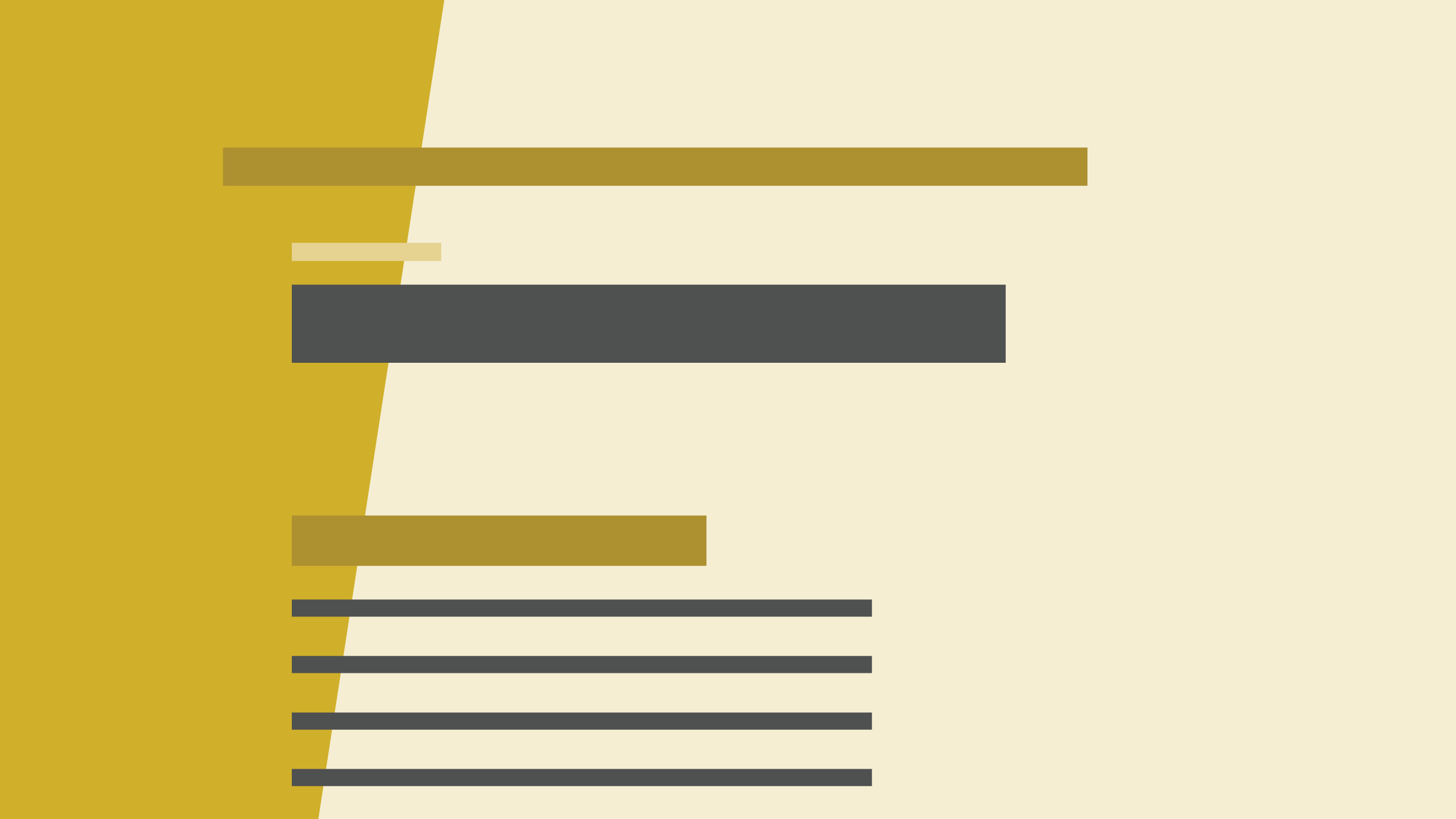Unemployment insurance (UI) serves as the core government program supporting workers and communities during times of job loss. UI can also help stabilize the economy during downturns by keeping individuals and families financially afloat and mitigating the drop in household spending while laid-off workers look for new work.
At the same time, policymakers seek to minimize UI costs. One cost is the taxes employers pay to fund UI. Another cost is the delay in reemployment found in numerous studies, which can have mixed consequences. Delaying reemployment can help workers find jobs that are a better match but can also reduce employment to some degree.
The right balance between these benefits and costs is for workers and policymakers to decide. To that end, our research seeks to provide decision-makers with insights on how effectively UI is reaching its target population and what the barriers may be to UI access. In this article, we examine the relationship between two key aspects of the UI system that vary by state—recipiency rates and replacement rates—and how state-by-state differences have changed over time. In 2023, Minnesota led the nation with its 55 percent recipiency rate, indicating a high share of unemployed Minnesotans used its UI system.
Variation in state UI policies
UI is a joint federal-state program, with federal law setting guidelines and each state administering its own program under U.S. Department of Labor oversight. State policies govern whether workers experiencing job loss are eligible to receive UI support and the size of the benefits they receive. Policies related to eligibility criteria and administrative burdens influence whether unemployed individuals access UI. Policies related to state benefit formulas, maximum weekly benefits, and maximum duration of benefits influence benefit levels.
During severe economic downturns, such as in the COVID-19 pandemic, federal policy has supplemented standard UI to expand both access and benefits. Without federal intervention, state UI systems would have substantial variation in their ability to support unemployed individuals along with their families and communities during downturns.
We looked at the state-level variation in two primary metrics associated with UI access and benefits: the recipiency rate, which refers to the share of all unemployed individuals who receive benefits,1 and the replacement rate, which refers to the ratio of claimants’ weekly benefit amounts to their average weekly wages. Not all unemployed individuals, as measured in federal household surveys, are eligible for UI in any given state. For example, those who quit their jobs are typically not eligible, nor are those who have exhausted their benefits due to long unemployment spells. When those who are ineligible for UI are removed from the equation, UI take-up rates appear substantially higher. However, the standard recipiency measure (which we use throughout this article) has the virtues of simplicity and comprehensiveness. That is, it measures just how many of those searching for work are supported by the UI system—a key consideration for policymakers.
As shown in Figure 1, variation in both metrics—as measured by the standard deviation (a measure of how much individual states’ rates differ from the overall average across states)—sits near historical levels but has increased over the past decade. In other words, recent years have generally shown wider divergence among states in the share of unemployed individuals accessing UI and UI benefit amounts.
In 2023, variation in the replacement rate was at its highest level outside the aftermath of the Great Recession (2007–2009),2 and variation in the recipiency rate neared its non-recessionary peak. The recent increase in UI access and benefit variation stems in part from states’ experiences during the Great Recession, which left many states’ UI trust funds insolvent and spurred subsequent cost-saving measures by policymakers.
The implication of increased variation in these rates could be increased variation across states in the extent to which UI is able to support unemployed individuals, their households, and local communities.
Interaction of UI access and benefits
Alongside the increased variation in state UI recipiency and replacement rates has been a change in how those rates interact with each other.
Across all states and Washington, D.C., in 2023, 29 percent of unemployed individuals received UI benefits, which across all recipients replaced 43 percent of average weekly wages. In Figure 2, a trend line shows how recipiency and replacement rates relate to each other. As a state replaces a higher share of wages with UI benefits, its UI recipiency rate tends to be higher. In 2023, a 1 percentage point increase in the replacement rate was associated with a roughly 0.6 percentage point increase in the recipiency rate.3
This relationship between state UI recipiency and replacement rates has tightened in recent years, as shown in Figure 3. In the years leading up to the Great Recession, the correlation between state recipiency and replacement rates was essentially zero. States with higher replacement rates did not necessarily have higher recipiency rates during that time. However, this has changed. The correlation coefficient—indicating the strength of the relationship between the two rates—climbed to above 0.4 by the mid- to late 2010s and had returned to near that peak level as of 2023. What this means is that in recent years, states’ UI recipiency rates have generally become more related to their benefit levels. Although part of the alignment between UI benefit amounts and access is anticipated, the change in the relationship over time suggests that other state policy choices matter as well.
When UI access and benefit amounts are more closely related, the variation in the total support UI provides to local economies is larger than would be expected based on variation in each individual metric alone. For example, if Alaska—the state with the lowest replacement rate—had the same replacement rate as Hawaii, unemployed individuals in Alaska would receive roughly twice as much as their current benefits. However, if Alaska’s recipiency rate also matched the relatively high recipiency rate of Hawaii, then the total value of UI disbursements in Alaska would more than triple.
A focus on UI access
In 2023, the national recipiency rate was only 29 percent. Figure 4 shows how access to UI, measured by the recipiency rate, varied across states. Recipiency rates ranged from 10 percent in Kentucky to 55 percent in Minnesota. Rates tended to be lower in the Southeast and higher in the Northeast, West Coast, and parts of the Upper Midwest.
Recipiency rates have changed over time, with most states seeing marked declines in the last couple of decades. On the whole, recipiency rates fell by 7 percentage points in the United States from 2007 through 2023.
In future articles, we will further explore state policies that influence the reach of UI—such as administrative burdens, eligibility criteria, and other facets of the UI system. While the UI replacement rate has been extensively studied, there has been less research on UI access. The tightening relationship between recipiency and replacement rates, combined with relatively low and falling state recipiency rates, raises this as an important research priority.
Endnotes
1 Recipiency rate measures the share of individuals who are unemployed (not employed and actively searching for and available to work) who receive UI. This differs from measures—such as were used in the initial article in this series—looking at the share of all individuals who are not employed (regardless of whether they’re available to work and actively looking for work) but were employed in the previous 12 months who reported applying for UI.
2 The maximum duration an individual can claim benefits has also changed in recent years. Until 2009, every state provided at least 26 weeks of benefits. Currently, about a dozen states provide fewer than 26 weeks of benefits.
3 This pattern produces a moderately large correlation coefficient of 0.40.
More On
Ayushi Narayan conducts research on labor market institutions to help the Community Development and Engagement team understand how employment-related policies and trends affect low- and moderate-income communities. Prior to joining the Bank, her work included roles at the Council of Economic Advisers, Nike, and Amazon.








